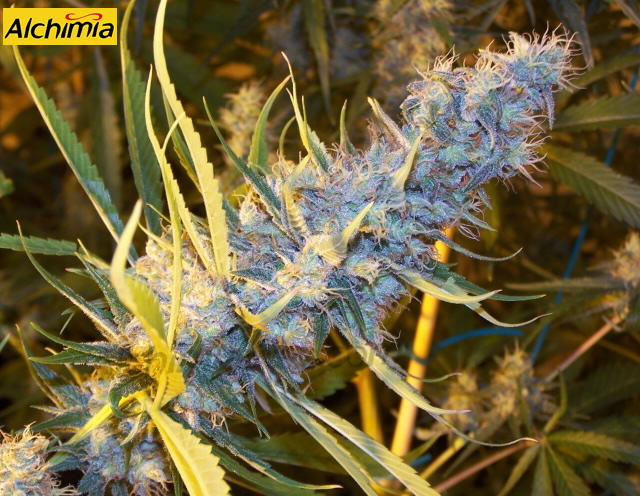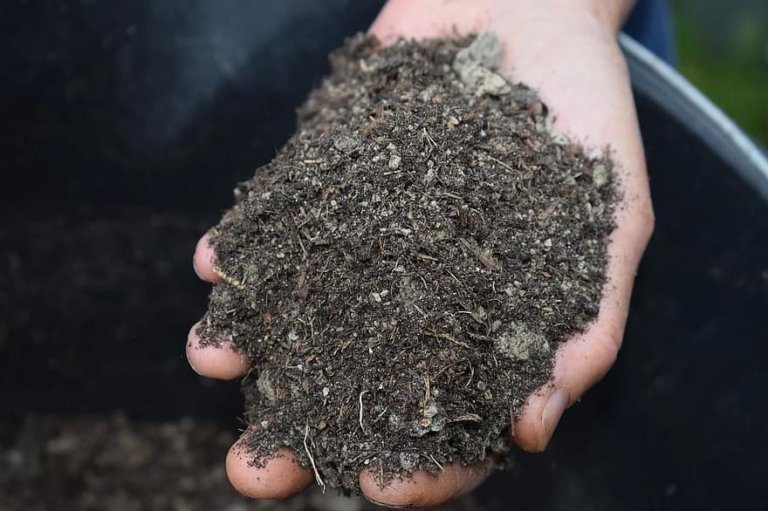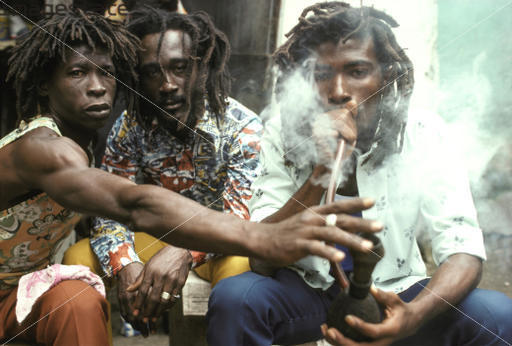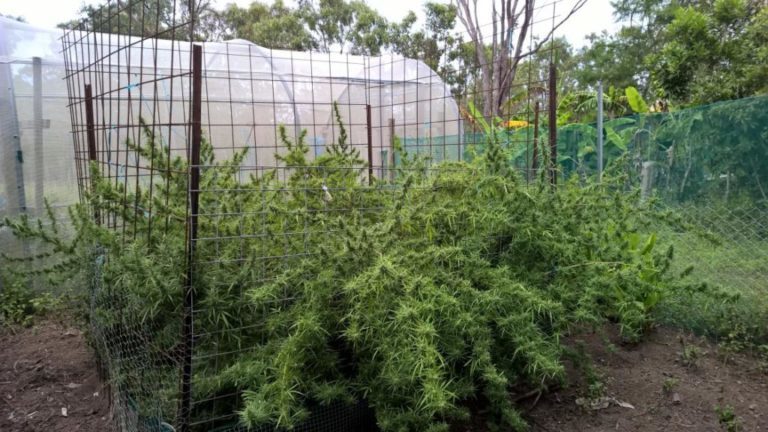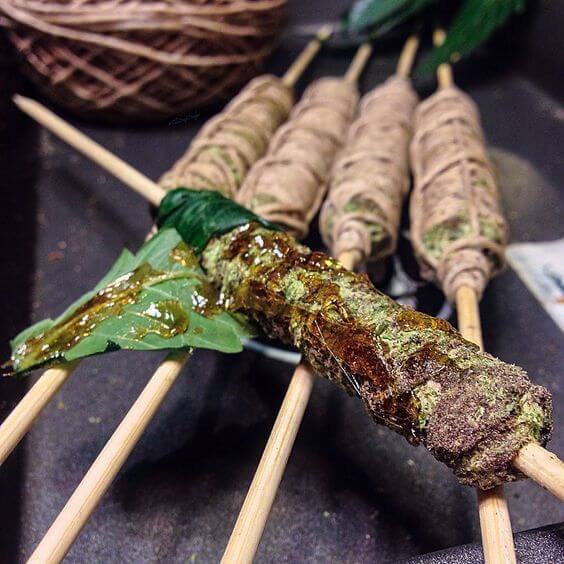Malawi Cob - traditional fermented cannabis
List of contents
The so-called 'Malawi cob' is an ancient method of transporting and curing cannabis that has been used by the people of this part of Africa for centuries. However, nowadays, it is very difficult to find grass fermented in this way or a genuine traditionally cured cob. In fact, the fame of the Malawi Gold cannabis strain has led to its demise, as the high demand for this legendary strain has resulted in a market where any quality of this herb can easily be sold.
Traditional curing methods are no longer necessary and are all but forgotten, as any product stamped 'Malawi Gold' can be easily sold, with buyers from all over the region queuing up before the buds have even matured. The overall quality of the weed is now seed-filled and uncured, for sale to tourists looking to get their hands on this type of cannabis.
A traditional practice based on fermentation
Many years ago, when there were no plastic bags or tin roofs, taking care of the harvest, drying it and keeping it mould-free was a huge challenge. For this reason, African tribes tried many different forms of preservation using natural materials commonly found in the tropical environment to ensure that their buds would store well and still be good to smoke after a long time.
In their search for the perfect preservation, the farmers discovered methods that could actually improve the product. These discoveries were carefully developed over the years, as African tribes went to great lengths to ensure that they were happily stoned and could continue to smoke weed for as long as they wanted, avoiding respiratory and coughing problems, as this traditional method of curing ensured a smoother, sweeter smoke, as well as higher potency and a richer terpene profile. In fact, a microscopic inspection of this fermented cannabis shows that all the trichomes have melted together and all the chlorophyll and organic acids have been converted into sugars thanks to the effects of this fermentation.
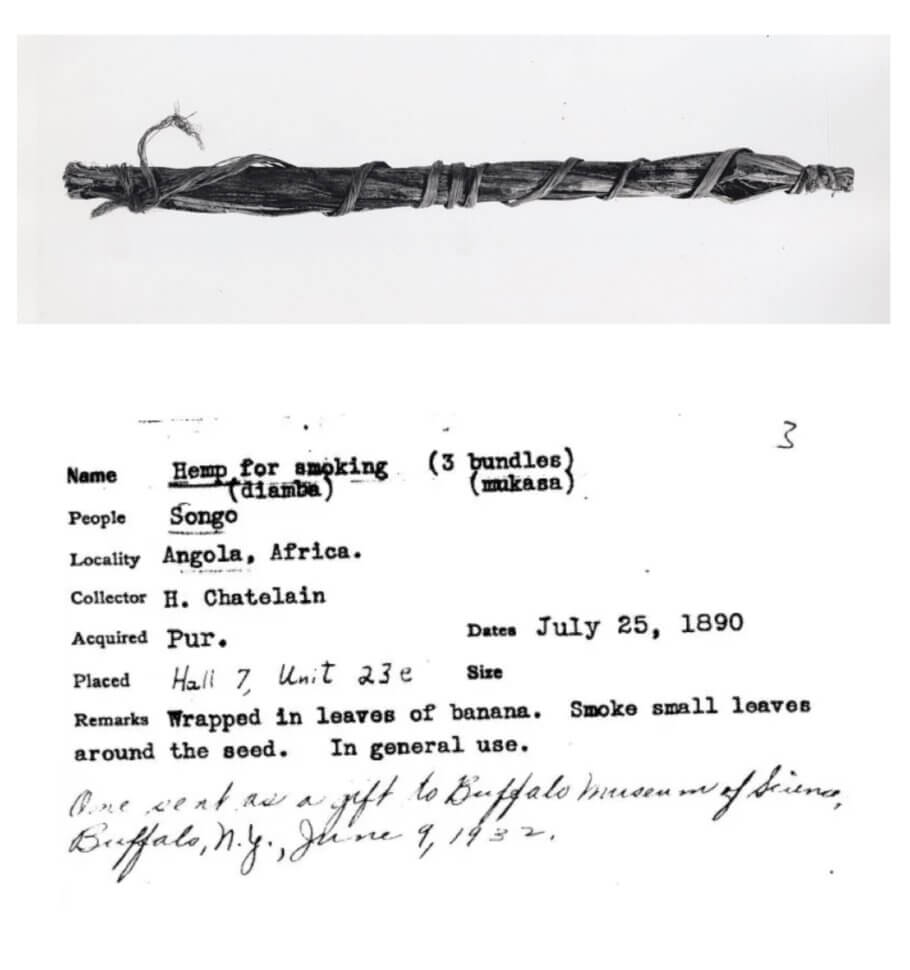
Fermented cannabis offers a superior experience in terms of taste and smoking pleasure. In fact, this concept has recently gained a lot of popularity among cannabis connoisseurs. Conventional cannabis dries out quickly, losing much of its aroma and THC content due to exposure to light and unstable humidity conditions. The fermentation process counteracts this. The plant's chlorophyll is broken down, allowing the terpenes to develop their full flavour potential. The result: refined cannabis that creates a completely new pleasure experience with a full-bodied aroma and smooth, velvety smoke.
The process of making cannabis cobs
Cannabis plants were traditionally grown until they were fully mature, at which point they were cut at the stem and hung in a thatched shed or if there was no shed, stacked on a mat by the field, covered with a piece of cloth while the sun was at its highest point. In some tropical African areas, where plants were allowed to continue to grow each year and become trees, only the shoots were removed from the branches. These perennial cannabis forests were cut down in the 1990s by the authorities under international pressure.
To ensure a smooth smoke, after harvesting, the buds are left outside overnight to collect the dew, for at least two nights to get the best result. The fresh seedless buds are picked and rolled into sections of carefully selected banana leaves cut to size. The buds are then tied together to form a cob, which should be very tight, the tighter the better. One end of the cob is tied to a tree or the central pole of the hut and all the strength and weight of the body is used to wrap it as tightly as possible. Some used a pestle and mortar to pound the buds on the cob while packing them as tightly as possible.
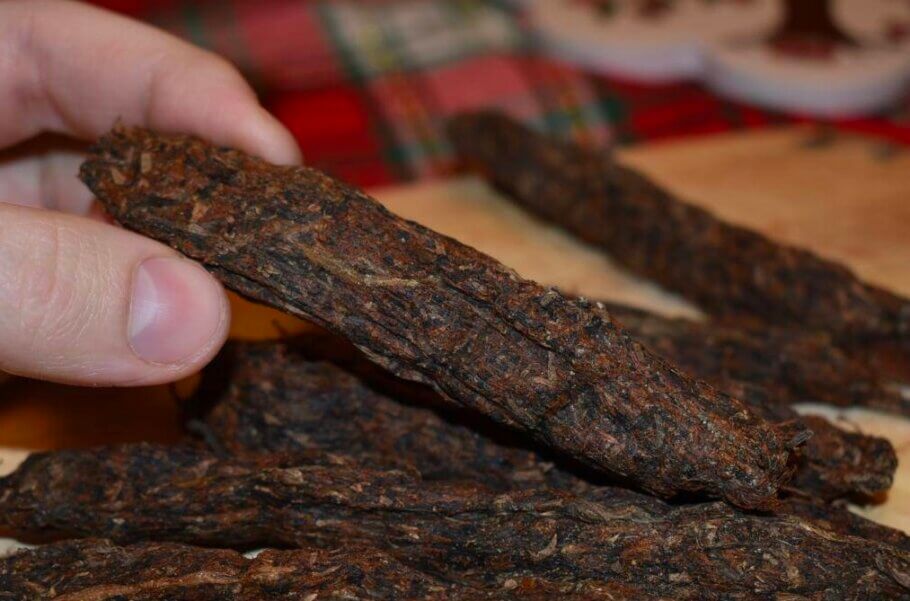
Once a few hundred cobs were wrapped and ready, they were placed in the sun for a day or two and turned so that the binding sheets began to tighten further as they dried. The cobs were then placed under the goat sheds on a double floor: the floors were made of bamboo or wooden slats. The goats above urinate and defecate and this fills the spaces between the cobs on the floor below. The temperature within the pile of goat manure rises and stays around 80°C and above. The bark of the banana leaves is not completely hermetic, so it allows moisture to seep in by osmosis, emitting ripening chemicals as it ferments and the binding bark continues to tighten.
Some of the cobs were removed after at least 40 days, but most were left until the next harvest when the space was needed to store the freshly wrapped cobs. Only the fully fermented and cured grass from the penultimate harvest was ready for consumption. Today, goats are no longer kept in sheds, as there are no livestock predators, meaning that cannabis cobs made in the traditional way are hard to find.
Other equally original methods of curing cannabis
Another method was to bury the cobs in the waste left over from brewing the local corn beer. This would ferment at the same time as the cob, not only giving the weed a special flavour, but also a golden colour. The longer it was left, the darker the colour and the harder and more resinous the final product was.
Sometimes the buds were first cured with smoke for a couple of days to help prevent any unwanted fungus or bacteria from spoiling the fermentation once the cob was made. After curing, the cobs were also sometimes smoke-cured prior to storage to ensure that they were resistant to insects and rot.
In dry areas where there were no banana trees, tribes sometimes used the leaves covering corn cobs and made smaller bundles. These cobs are inferior in quality to those made from banana leaves, but sometimes cause the buds to take on a reddish colour. Other methods included tightly compressing and packing the buds into the hollow sections of certain reeds. The reeds were capped and left to ferment in a suitable place, with a stable temperature and preferably warm.
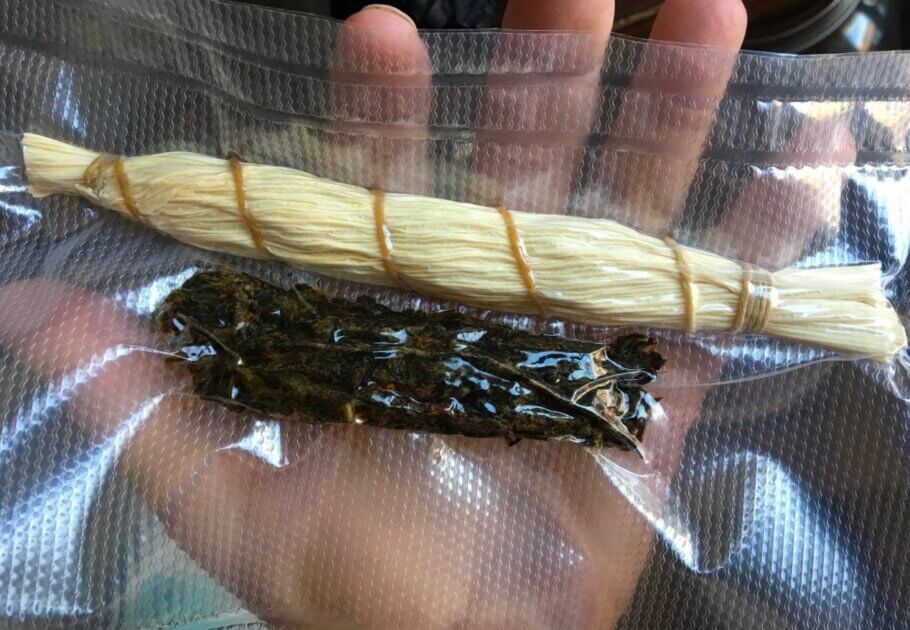
Another method was to dig a hole and put a layer of ash in the base, then a layer of goat manure, followed by a layer of cobs, then goat dung again, then ash, finishing by covering the mound and compacting it with clay soil. A stick was buried upright in the centre and allowed to protrude so that it could be removed and used as a gauge to check the temperature. When the stick was at the same temperature along its entire length, the process was finished and the cobs were ready.
The best cobs, after curing, were traditionally stored in the thatch on the roof of the hut. The resulting product was always so hard that a knife or hacksaw and strong fingers were needed to break it down it for smoking. Colour and texture varied from the famous golden to the super potent black, red, purple and green or brown. Each was known to have certain qualities and was used for specific reasons. The tarry, sticky black was famous for being much stronger. The resin would soak into the joint after a few puffs and the lips would become black.
Traditional uses of cobbed cannabis
In Africa, many traditional ceremonies related to cannabis were performed. Among other things, tribal chiefs would smoke this fermented cannabis before going to tribal councils to ensure that they were in the correct mental space to make the justest decision. Some medicine men and witch doctors would smoke the most potent weed, rolled into a joint with a corn leaf or in a gourd bong and then go hunting witches or evil/possessed people in the village. The culprits could not ignore the stench of cannabis and the moment they gave any sign that it was bothering them, they would be identified. Other sorcerers would place the most potent bud in the middle of a bowl with other items in the centre of a clearing in the bush and this would protect the area.
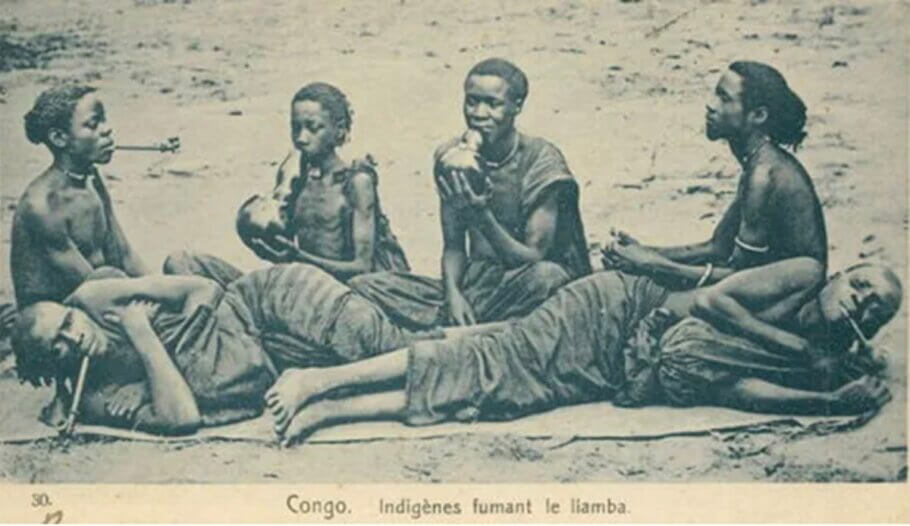
Malawi gold comes in cobs, not in bars
As we mentioned, curing and fermenting cannabis in cobs was a common practice with the Malawi Gold strain, a pure sativa that grows naturally in the African country of Malawi. It is one of Africa's most highly psychoactive sativa varieties, with plants that take a long time to mature but that deliver an end product that makes the wait worthwhile. The strain has led to an increase in tourism in Malawi and other African countries that have access to this landrace variety, making it one of the country's top three exports despite the fact that it is illegal. In fact, neighbouring nations such as Zimbabwe, Mozambique and Zambia rely on Malawi for imported cannabis, as their domestic production does not meet local demand.
Characteristics of Sativa cannabis strains
Sativa varieties are characterized by their large size and long flowering period, as well as their special high, happy, creative, cerebral and especially psychedelic. Growing these varieties can be a bit complicated, especially indoors, although it is worth the effort when we see the results. Today we tell you everything you need to know before growing Sativa varieties.
It is an indigenous variety, which means that it has been completely inbred, making its characteristics more consistent. Malawi Gold is said to smell fruity and strongly spicy. In terms of taste, it is described as sweet, with a hint of pineapple. The buds are long, dense and very resinous for having been grown outdoors with minimal resources.
This legendary strain (locally referred to as 'Chamba') grows naturally in the central and northern regions of Malawi. The area known for the best 'Malawi gold' is the Nkhotakota district. Apparently, on the banks of the Lupache River, it is easy to obtain the psychoactive plant, which is sold in units shaped precisely like cobs. A cob of this kind consists of cannabis flowers tightly packed in banana leaves, although the weed is not cured or fermented in the traditional way: it is simply the transport and presentation packaging for the sale of the flowers.
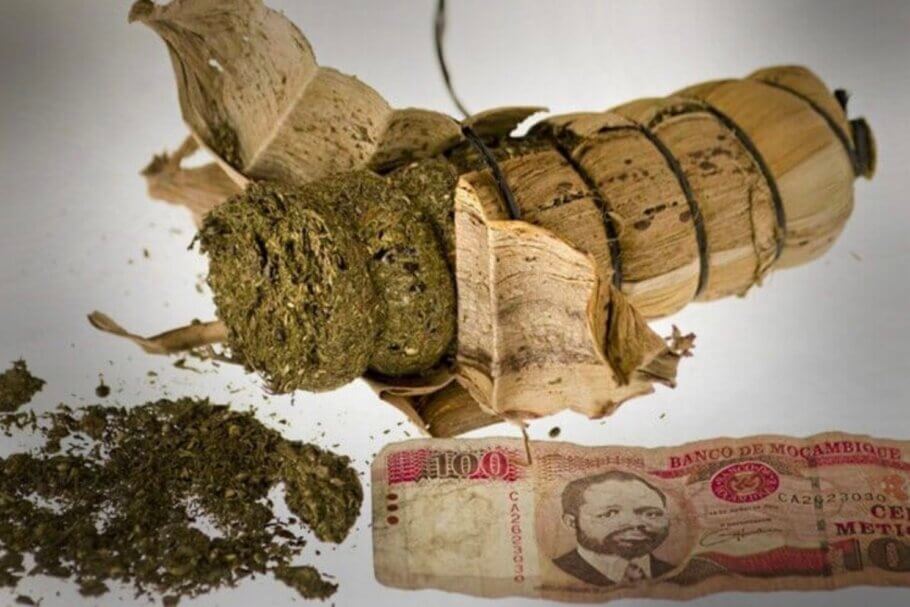
Cannabis has long been illegal in Malawi. In spite of this, it has always been smoked openly and unmonitored because of the close cultural connection the people have with this plant. South Africa already has a popular local strain of its own, Durban Poison. Still, South African smokers are partial to the sweet and potent taste of Malawi Gold. In fact, the strain is on sale in South Africa and attracts more marijuana tourism to the area. African countries such as Kenya and Tanzania are also seeing an increase in canna tourism due to their access to Malawi Gold.
Malawi's parliament passed a bill in 2020 decriminalising the cultivation of cannabis for medicinal purposes and completely legalising the cultivation of industrial hemp. This decision was largely based on the positive impact cannabis is likely to have on the economy, but recreational cannabis is still prohibited.
The African nation has seen over the last few decades how its main industry, tobacco, is declining year upon year, affecting its economy. To counter the tobacco plant's downward trend, as well as health and ethical concerns, lawmakers launched this bill to legalise medical marijuana and hemp products in the same way as is being done in Lesotho, South Africa and Zimbabwe.
Hopefully, and in time, it is quite possible that Malawi Gold will become fully legal, making it easier for cannabis connoisseurs outside the country to get their hands on some of this sweet sativa. In the meantime, you can find Malawi Gold seeds on our website, so you can experience all her amazing characteristics without leaving your couch.
Happy growing!

















































